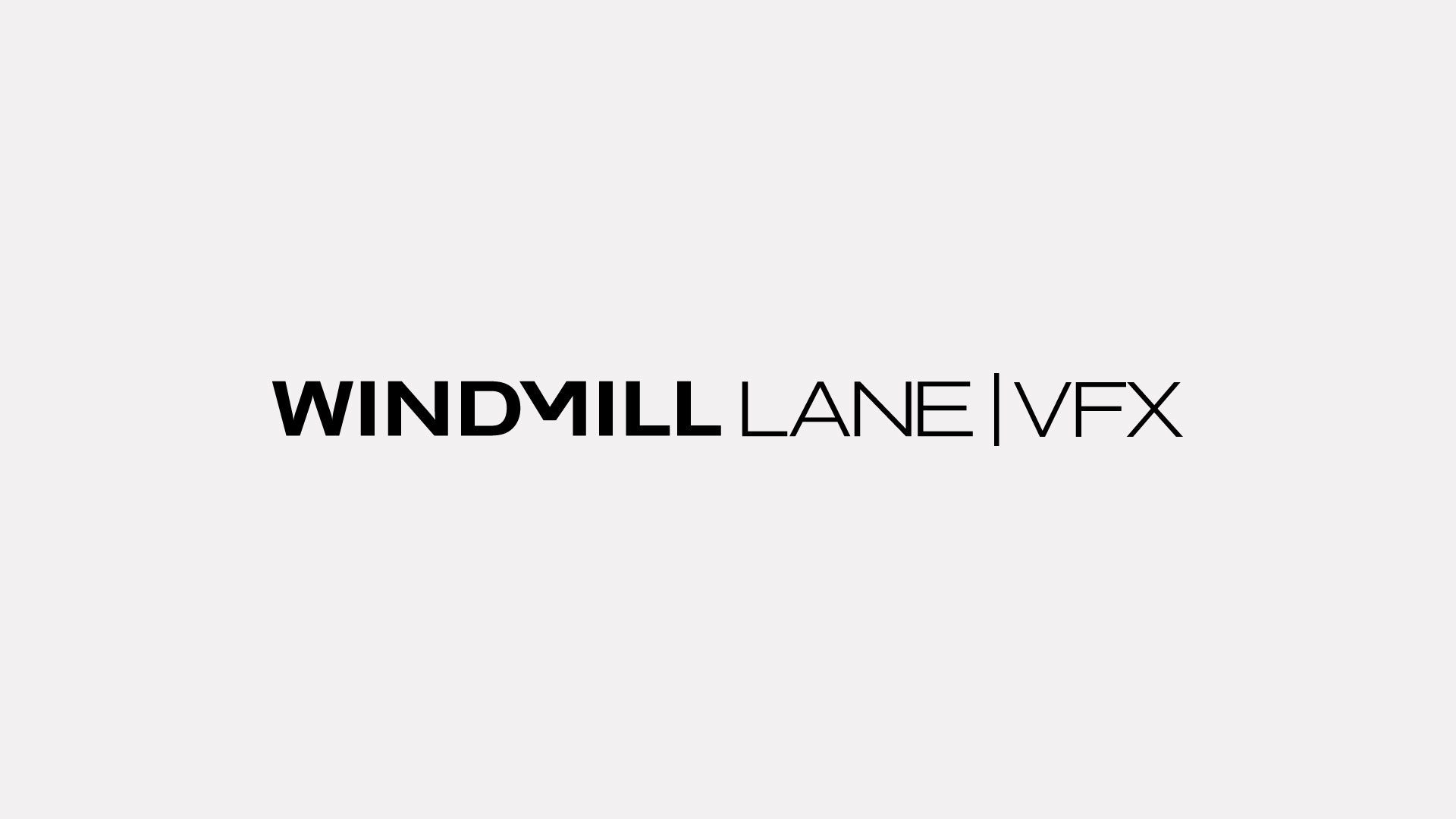Windmill Lane’s Fred Burdy talks Wendell & Wild
VFX
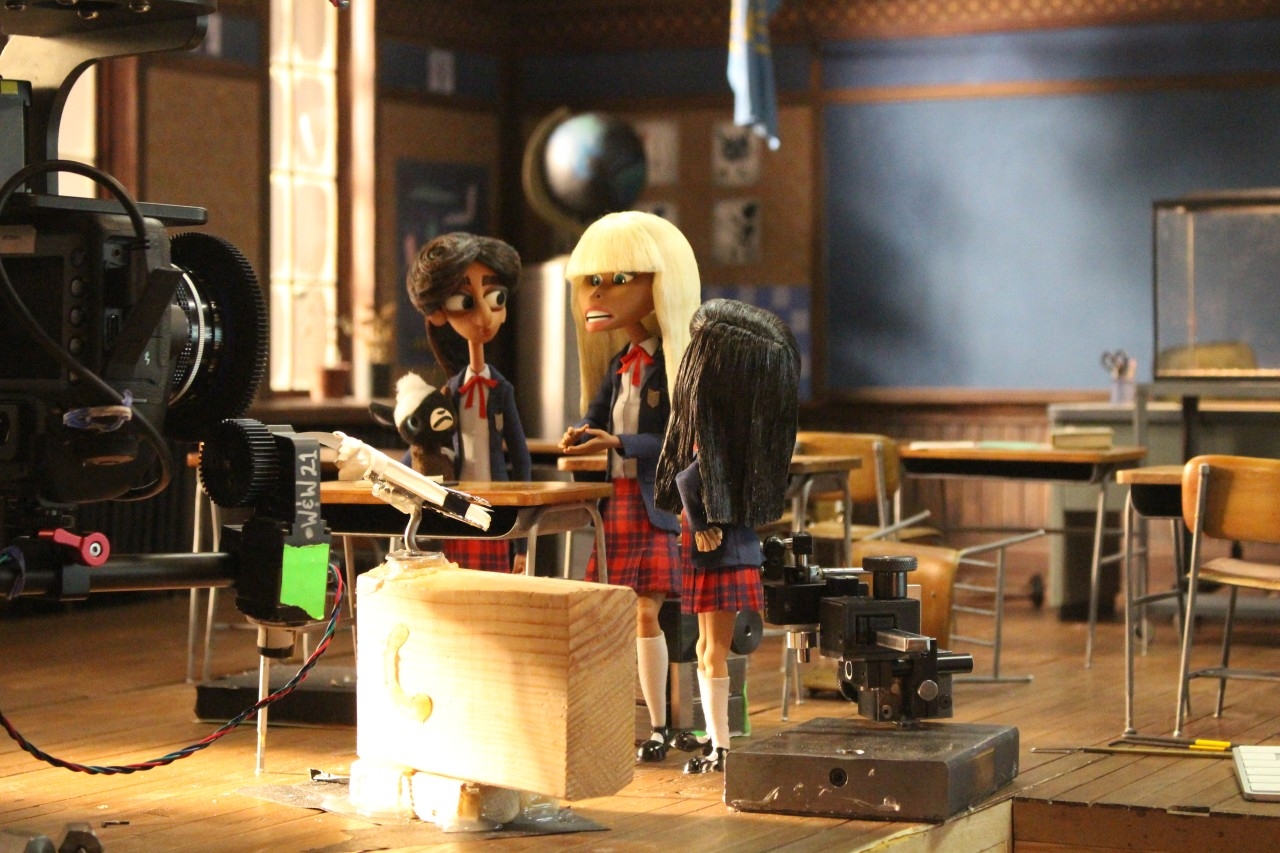
This week saw the release of Netflix’s Wendell & Wild – a delirious collaboration between stop-motion animation legend Henry Selick (The Nightmare Before Christmas, Coraline) and Jordan Peele (Get Out, Us, Nope).
Wendell (Keegan-Michael Key) and Wild (Peele) are demons from the underworld seeking to enter the land of the living. Calling on 13-year-old Kat Elliot (Lyric Ross), their dastardly plan looks all set to succeed. But Kat has some demons of her own, and soon Wendell and Wild will find that the tables have turned, with some rather unexpected results.

With astonishing visual imagination and VFX by Windmill Lane – Wendell & Wild has captured the imagination of both adults and children this Halloween season. Its has also been hotly tipped for an Oscar nomination come March 2023. Ahead of its premiere on Netflix Friday 28 October – I sat down with Head of CG/VFX Supervisor Fred Burdy of Windmill Lane to discuss his experience working on this major project.
So how did Fred, and Windmill Lane, come on board?
“The VFX Supervisor, Mark Fattibene, contacted me – we had worked together on the My Little Pony movie with Boulder Media – Mark being a co-director on it while I was Compositing Supervisor.
We came on board as the movie had only a few months of production ahead and a tremendous amount of work to be done in VFX – and they were still shooting, too. We started with a few short sequences and eventually ended up being awarded a big fight sequence at the end of the movie that needed a lot of digital extension and FX work.”

[All images © 2022 Netflix]
Windmill Lane have grown their VFX department recently and evolved their business model to compete on the global stage – as discussed in last month’s interview with John Kennedy and Deborah Doherty. And with great power comes great responsibility. For Fred this responsibility threw up some technical challenges that pushed him and his team;
“Working on stop-motion shots revealed new challenges that were great fun to tackle. We discovered that the amount of plates to work with was huge, because even simple shots had multiple exposure with different lighting setups – and more complex ones had multiple passes, multiple exposures, and quarter-scale passes for the background environments. All that was shot on motion control which helped the consistency. The production also provided us with textured 3D scans of the sets we needed to put together in our set extension, mostly done through a 2.5D matte painting approach.”
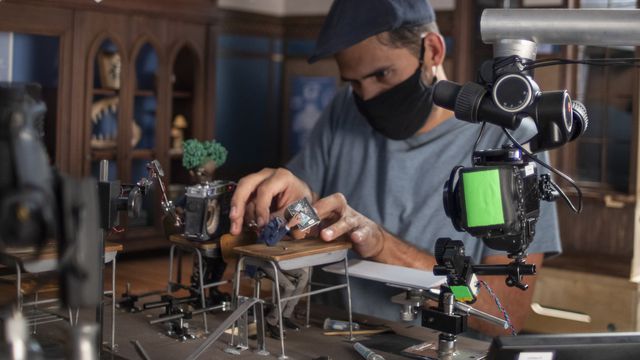
[All images © 2022 Netflix]
Stop motion is a filmmaking technique in which objects are physically manipulated between individual frames so that they appear to exhibit motion or change when a series of frames are played back. This technique requires patience, precision but also the ability to adapt instinctively. Fred explains;
“There was a lot of rig removal to be done. Even if the animators had been very clever in hiding the rigs behind the characters most of the time, there was still a good bit of clean-up to do on all shots – and on all plates of that shot, too! Some seams on the character’s faces also had to be cleaned up when the gaps were too wide – they used replaceable head parts on set so the seams were not always consistent. We created a small in-house tool that made those clean-ups more straightforward.”
“The challenge for us was to add to the plates – adding fire, dust particles, or a full background environment and FX smoke – while keeping the stop-motion look, which prevented the use of a good few tricks. The animation was always sharp, being shot frame by frame, so our work had to mimic that. You couldn’t hide behind motion blur, and this made blending between plates and layers a bit more difficult, but we made it work in the end.”
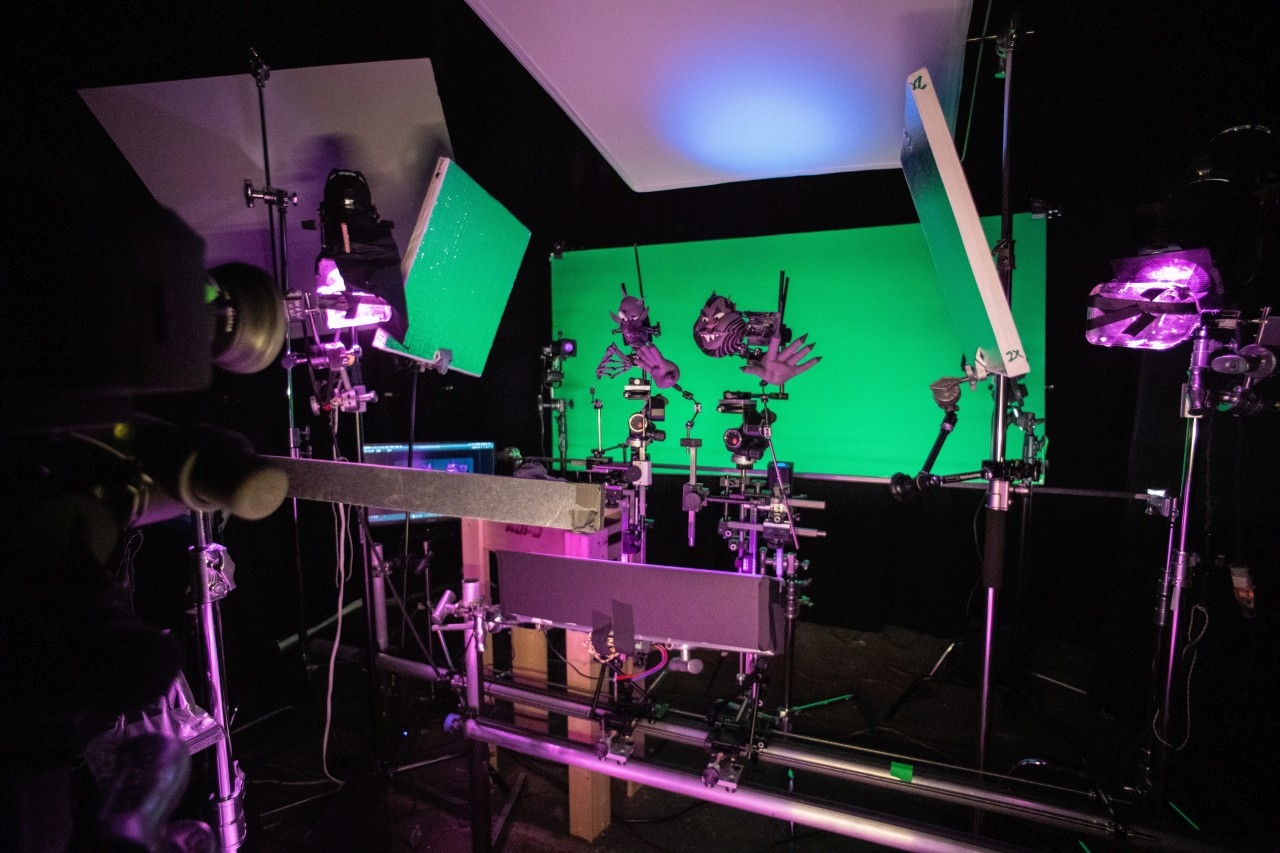
[All images © 2022 Netflix]
In terms of the films aesthetic – Fred and his team needed to stay away from anything too CG-looking and were keen to stay within the gorgeous tactile, hand-made look of stop motion that has made Henry Selick an auteur.
“That meant finding the right amount of texture and detail in the matte paintings – we generated pretty much a 360 environment for the battle sequence, in 2.5D. We had to blend the look with the live action, and connect the two main beauty passes for that sequence – the foreground, full-scale plates with the animated characters, and the quarter scale buildings. There were differences in look – especially the snow – which we had to hide cleverly in comp. In quite a few shots we ended up generating a large amount of what’s in frame, with the background, and large FX elements taking most of the shot” says Fred.
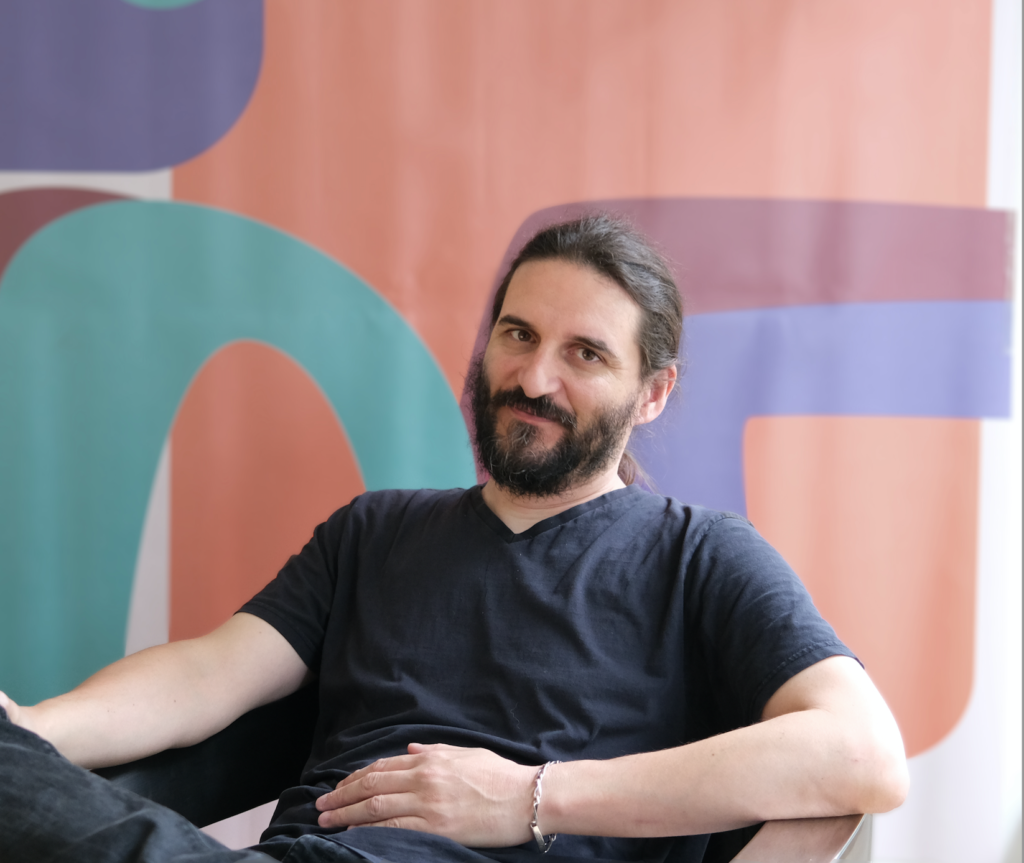
[Fred Burdy – Head of CG/VFX Supervisor]
So as Wendell & Wild reaches cinemas this coming Friday how does Fred reflect on his experience working with the Windmill Lane team and Netflix?
“The team in Windmill are amazing, despite the COVID implications that made us use an hybrid approach: some artists were on site, but most worked from home, and a good few were abroad. We were careful to have frequent catch ups and made sure that people were as involved as possible even if they were not in the office – and to be fair it worked beautifully! It was a great experience overall to work with Mark Fattibene and Heather Abels, the super talented matte painting/digital/VFX supervisor we had collaborated with before. We’re very proud of having worked on this film, and we hope people will enjoy watching it!”
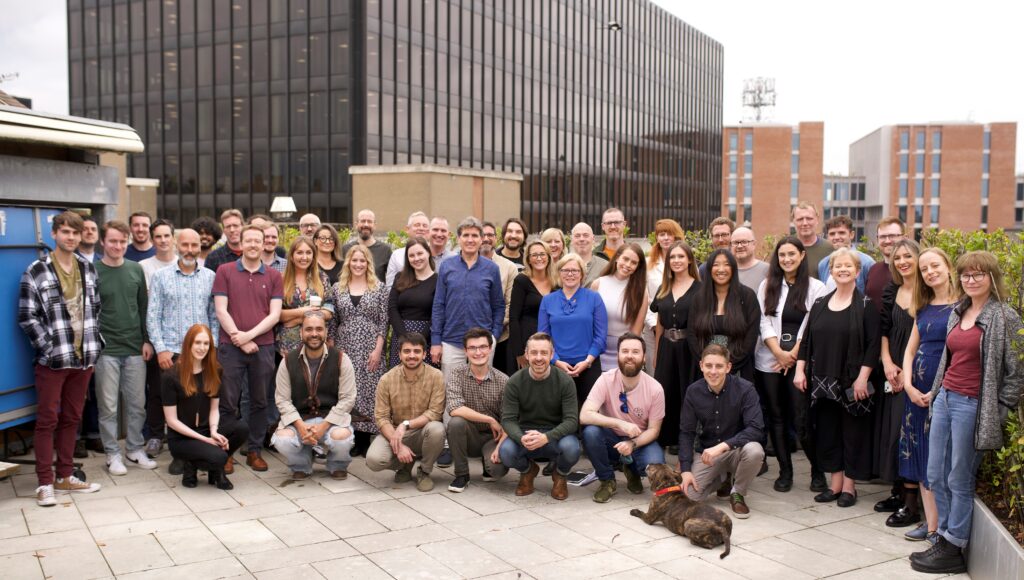
[The Windmill Lane team 2022]
For more information about Windmill Lane’s VFX work please click here


